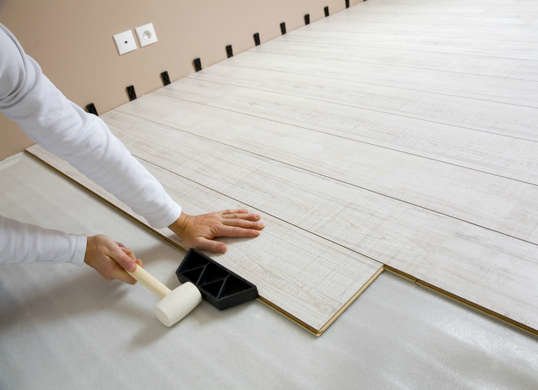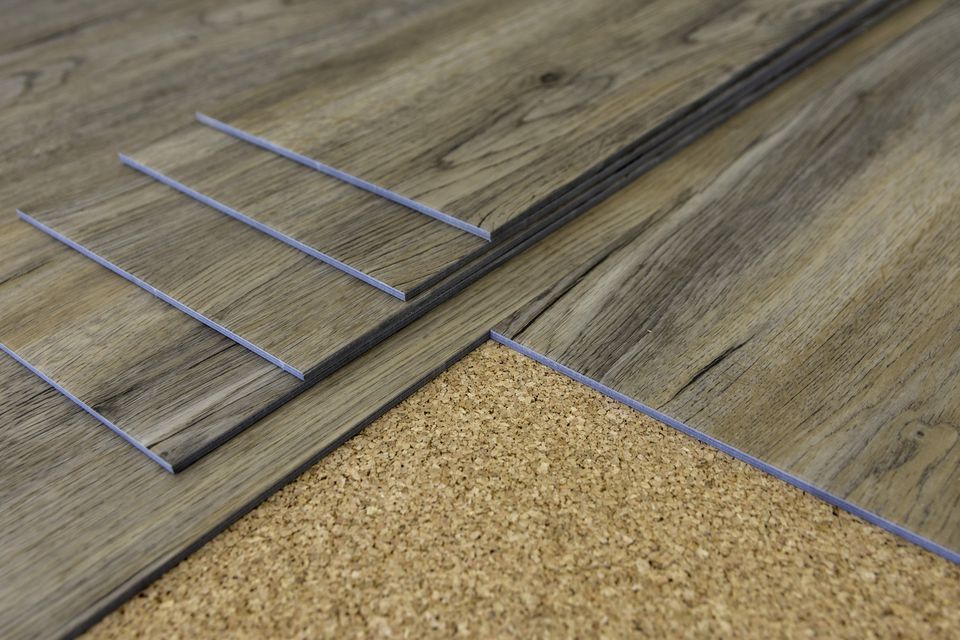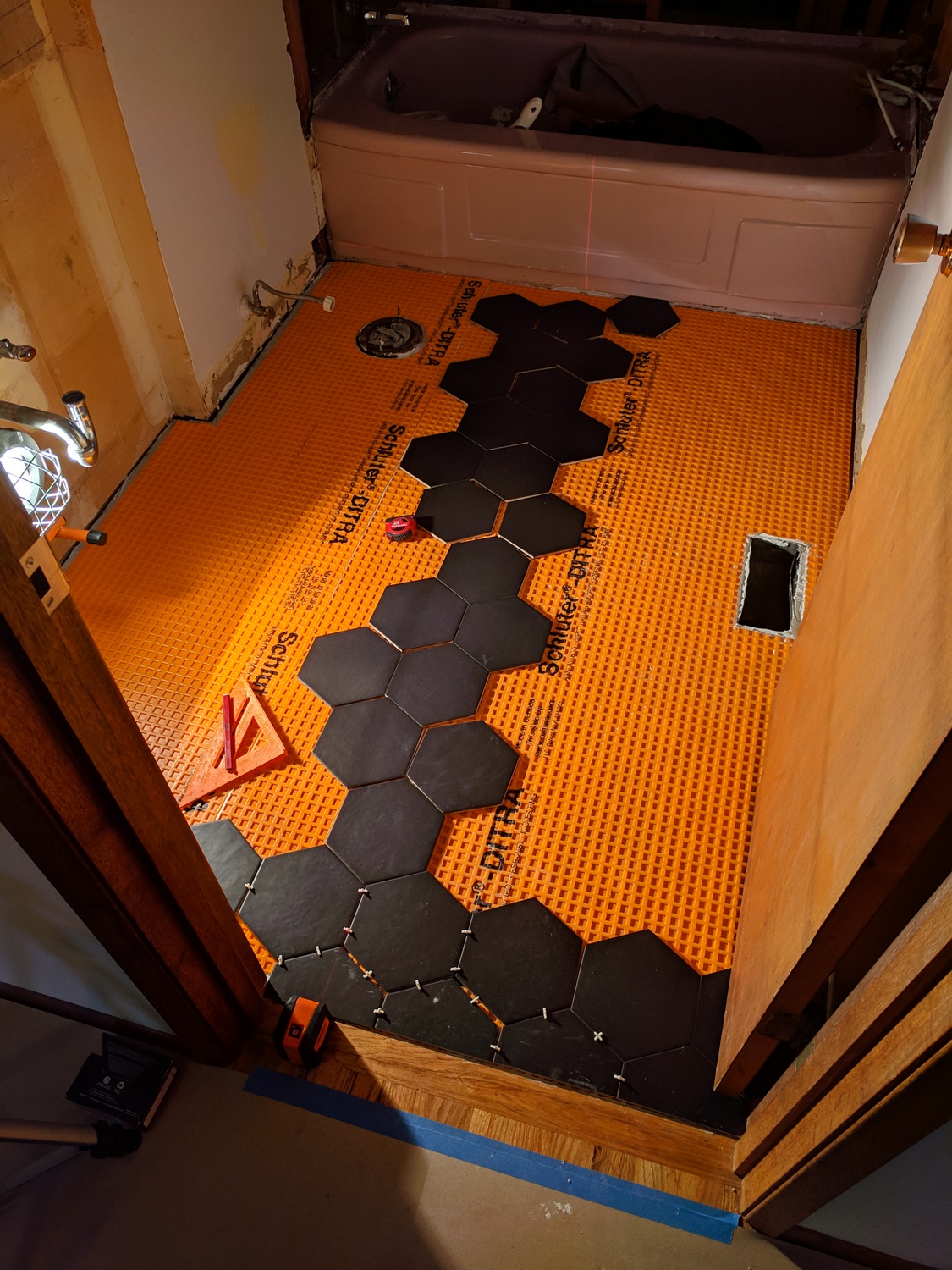Like Our Facebook Page
- Laminate flooring – Virtually all laminate flooring uses a fiberboard core. Because this core is a wood product, it will soften and swell if it is exposed to water. The fiberboard core will not resume its original dimensions after it has dried. Additionally, the wear and design layers sometimes peel away after the core has become waterlogged. Severely water-damaged laminate flooring usually needs to be replaced; it cannot be fixed.
- Properly installed laminate flooring, with tight seams and good baseboards or moldings, can tolerate pooled water, but only a short period of time. For family bathrooms or other areas where standing water is likely, laminate flooring is a poor choice. If you can reasonably dedicate yourself to cleaning up occasional spills and puddles immediately, then laminate flooring may be used in areas of low moisture.
- Vinyl flooring – Older forms of vinyl flooring may have a fabric or felt backing that is not waterproof. But newer iterations of vinyl flooring are made of 100-percent polymer materials. Luxury vinyl flooring can be fully immersed in water for long periods, dried out, then reused, completely unaffected.
-
- All types of vinyl flooring are not just water-resistant but are waterproof. Sheet vinyl, vinyl tile, and luxury vinyl flooring are usually made with materials that are 100-percent waterproof. In full bathrooms and damp locations such as basements, vinyl flooring materials excel over laminate materials. Sheet vinyl that comes in 12-foot wide rolls often requires no seaming, making it an excellent choice for a truly waterproof floor.
- Tiles flooring –
ceramic and porcelain are composed differently and do behave accordingly upon installation, but with only slight differences. The chief difference is that porcelain tile is more impervious than ceramic tile and is thus subject to less water infiltration.
Check some of our Tiles Projects CLICK HERE





